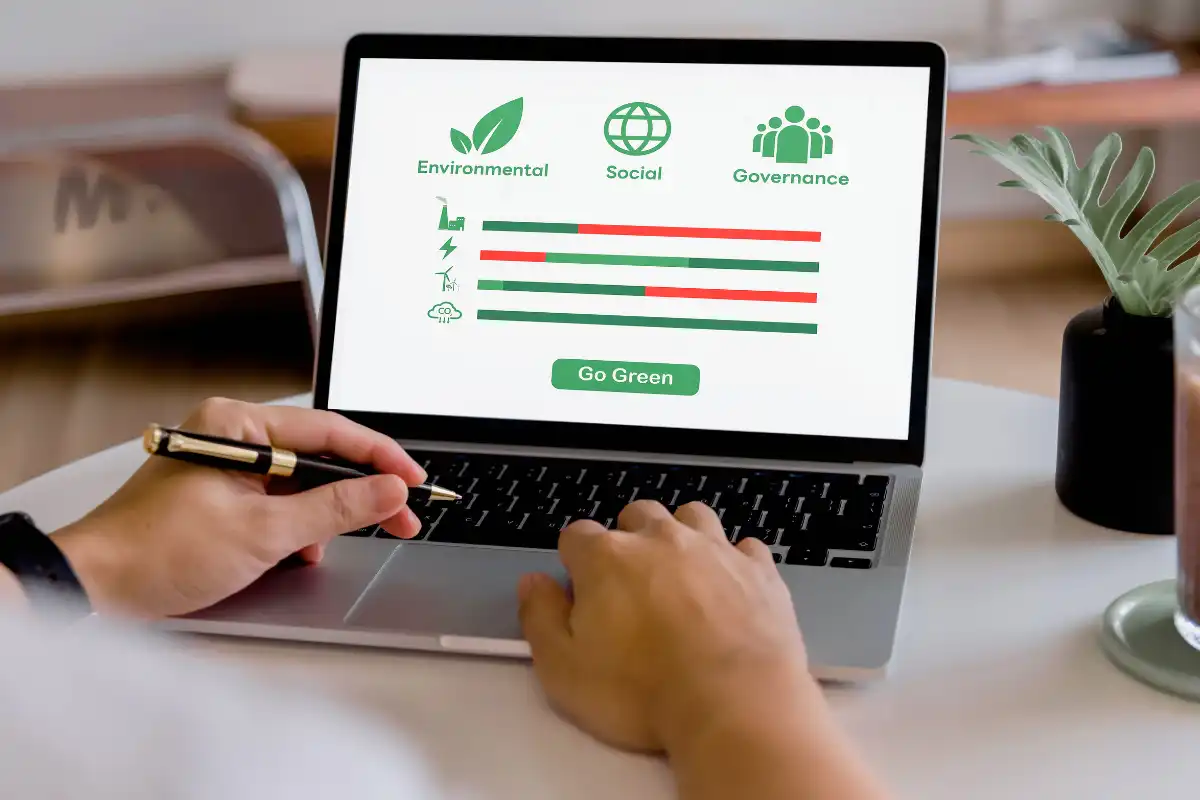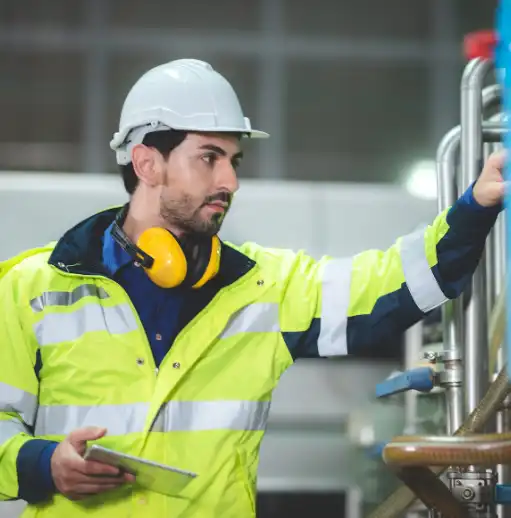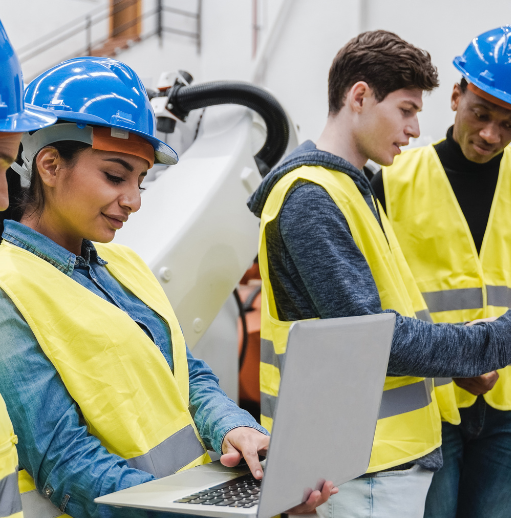
The integration of Internet of Things (IoT) technology into building management systems is revolutionizing how facilities operate, enhancing sustainability, efficiency, and occupant comfort in today’s real estate landscape. This convergence, often referred to as the Building Internet of Things (BIoT), enables real-time data collection and automation, leading to smarter and greener buildings.
Why’s there a need for IoT in green building management?
Commercial buildings are significant consumers of energy, accounting for a substantial portion of global electricity usage. The pressing need to reduce energy consumption and minimize environmental impact has driven the adoption of IoT technologies in building management. By leveraging IoT, facilities can monitor and optimize energy usage, leading to more sustainable operations.
A recent study highlights the effectiveness of IoT in enhancing building performance. IoT-enabled floors demonstrated a notable reduction in energy consumption — 20% less electricity, 23% less water, and 25% less natural gas — over a 60-day observation period. These reductions underscore IoT’s potential to minimize carbon emissions and support low-carbon construction practices.
SaaS CMMS: A dual green benefit
Software-as-a-Service (SaaS) Computerized Maintenance Management Systems (CMMS) offer significant advantages for green building management. By outsourcing hardware to cloud hosts, companies can reduce capital expenses and decrease the environmental impact associated with maintaining on-premises servers. This shift not only conserves resources but also enhances operational efficiency.
The global smart building market reflects this trend, with a valuation of USD 108.00 billion in 2023 and a projected growth rate of 28.5% from 2024 to 2030. This growth is driven by adopting technologies such as IoT, Artificial Intelligence (AI), and cloud computing, all of which contribute to more efficient and sustainable building operations.
Enhanced data access streamlines operations
IoT devices continuously collect data on various aspects of building performance, including energy consumption, occupancy levels, and environmental conditions. This real-time data enables facilities managers to make informed decisions that enhance efficiency and reduce waste. As a result, predictive maintenance becomes possible, allowing for anticipating equipment failures and scheduling timely interventions, ultimately minimizing downtime and extending equipment life.
The integration of IoT and AI in smart buildings facilitates advanced HVAC systems that optimize climate control by adapting to occupancy patterns and external weather conditions. This leads to improved energy efficiency and occupant comfort.
Optimizing resource allocation and facility operations
IoT-enabled systems can automate various building functions, such as lighting, heating, and cooling, based on real-time occupancy data. This automation ensures that resources are used only when necessary, significantly reducing energy consumption. Additionally, IoT facilitates space utilization analysis, helping organizations optimize their real estate usage and reduce unnecessary expenditures.
The deployment of 5G technology further enhances building connectivity, enabling real-time data processing capabilities of IoT devices. This advancement improves building automation and responsiveness, contributing to more efficient and sustainable operations.
IotT and CMMS: Enhancing environmental performance
The synergy between IoT and CMMS platforms is pivotal in advancing the environmental performance of buildings. IoT devices provide the data necessary for comprehensive monitoring, while CMMS platforms analyze this data to inform maintenance strategies and operational adjustments. This collaboration leads to improved energy efficiency, reduced greenhouse gas emissions, and enhanced indoor environmental quality.
A recent report highlights the prominence of IoT digital platforms in revolutionizing building operations. The benchmark Verdantix Green Quadrant: IoT Digital Platforms For Building Operations 2024 report provides property owners, asset managers, real estate executives, and facilities managers with comprehensive insights into 12 prominent IoT digital building platforms, helping them select the best-fit provider for their needs.
Case study: IoT-enabled energy savings
A practical example of IoT’s impact is demonstrated in a green building equipped with advanced sensors to monitor environmental and energy metrics. Over a 60-day period, the building achieved a 20% reduction in electricity usage, a 23% decrease in water consumption, and a 25% reduction in natural gas consumption. These savings were attributed to the IoT system’s ability to make real-time adjustments to building operations, enhancing efficiency and sustainability.
The future of IoT in green building management
As IoT technology continues to evolve, its applications in green building management are expected to expand. The integration of AI and machine learning with IoT systems will enable even more sophisticated automation and optimization strategies. Furthermore, as the global emphasis on sustainability intensifies, IoT will play a crucial role in helping buildings meet stringent environmental standards and achieve energy efficiency goals.
The smart construction market is also poised for significant growth, with projections indicating an increase from $35.2 billion in 2024 to $126.7 billion by 2032, at a compound annual growth rate (CAGR) of around 17.4%. This growth reflects the increasing integration of technologies such as IoT and AI in the construction industry, driving efficiency and sustainability.
Driving sustainability forward with IoT: A greener future awaits
The integration of IoT into building management systems represents a transformative approach to achieving sustainability in the built environment. By enabling real-time monitoring, data-driven decision-making, and automated adjustments, IoT technology enhances the efficiency and environmental performance of facilities. As the technology advances and becomes more widespread, its role in promoting green building initiatives will undoubtedly become increasingly significant, contributing to a more sustainable future.
If you’re ready to kickstart, or build upon, your green building goals, let Eptura be your guide. Get in touch with our team today.




